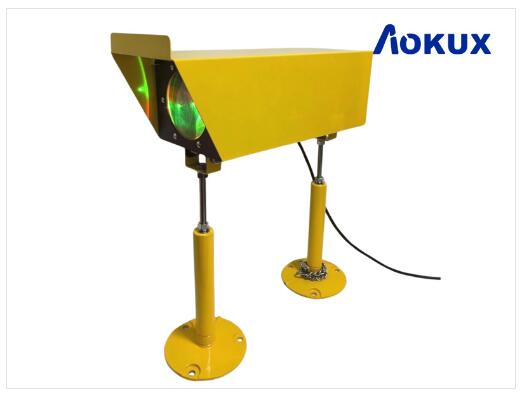
The Helicopter Approach Path Indicator (HAPI) is a critical system designed to enhance the safety and efficiency of helicopter landings, especially in challenging environments. As helicopters often operate in areas without the sophisticated infrastructure available at major airports, the HAPI system provides vital visual cues to pilots, guiding them along the correct approach path. This article explores the functionality, importance, and implementation of the Helicopter Approach Path Indicator in modern aviation.
Functionality of the Helicopter Approach Path Indicator
The Helicopter Approach Path Indicator is a visual aid system that consists of a series of lights, usually aligned in a vertical or horizontal configuration. These lights change color depending on the helicopter's angle of approach. Typically, the system uses three primary colors: red, amber, and green. When a helicopter is on the correct glide path, the pilot sees a green light. If the helicopter is above or below this path, the lights turn amber or red, respectively.

The principle behind the HAPI system is similar to that of the Precision Approach Path Indicator (PAPI) used for fixed-wing aircraft. However, HAPI systems are specifically designed for the unique approach profiles of helicopters, which can hover and land vertically. This flexibility requires a more nuanced visual aid to ensure that the approach path is maintained within safe limits, preventing accidents caused by incorrect glide angles.
Importance of the Helicopter Approach Path Indicator
Safety Enhancement: The primary benefit of the HAPI system is the enhancement of landing safety. Helicopter pilots often have to land in confined areas with limited visual references, such as oil rigs, hospital helipads, or mountainous regions. The HAPI system provides clear visual guidance, reducing the risk of accidents caused by misjudged approaches.
Operational Efficiency: By providing precise visual cues, the HAPI system enables pilots to perform more accurate and efficient landings. This is particularly important in situations where multiple landings and take-offs occur within a short period, such as emergency medical services or military operations.
Reduced Pilot Workload: Helicopter pilots face significant challenges during the approach and landing phases, often requiring them to process a large amount of information in a short time. The HAPI system simplifies this process by offering an easy-to-interpret visual guide, allowing pilots to focus on other critical aspects of the flight.
Weather and Low-Light Operations: The HAPI system is especially valuable in poor weather conditions or low-light situations, where natural visual references are minimal. The bright, color-coded lights of the HAPI system are easily visible, providing consistent guidance regardless of external lighting conditions.
|
AO-HP-HAPI |
Helicopter Approach Path Indicator |
| 12 | 34 |
| 345 | 456 |